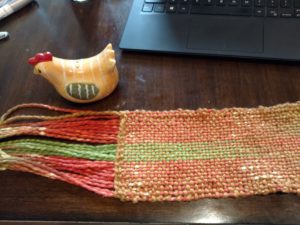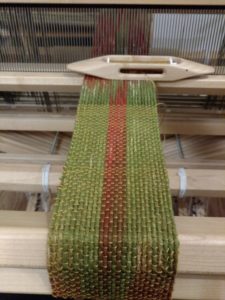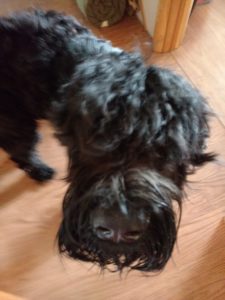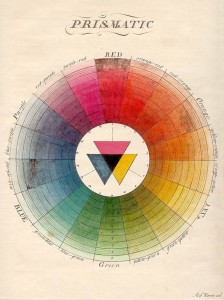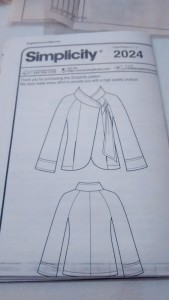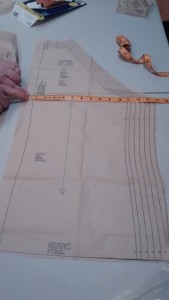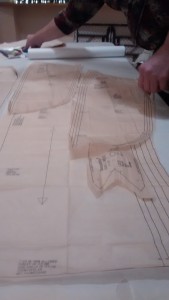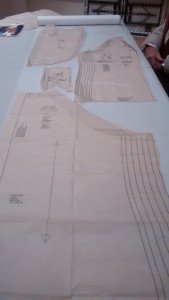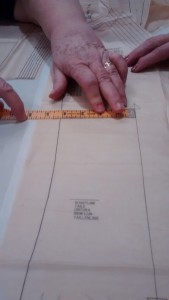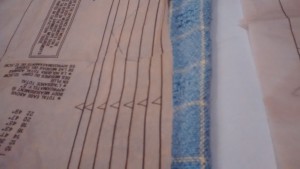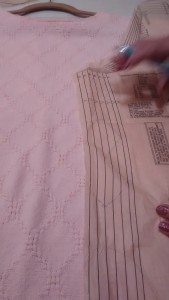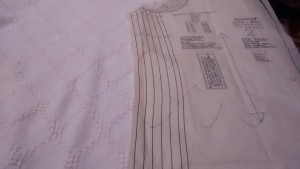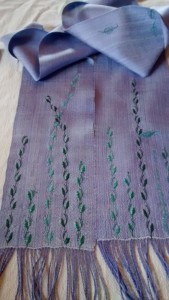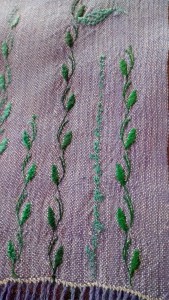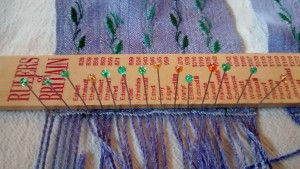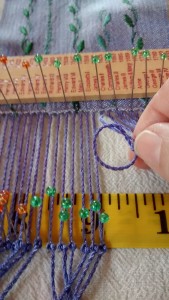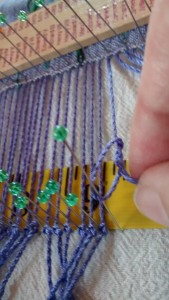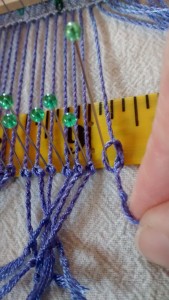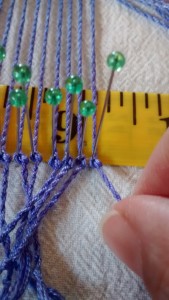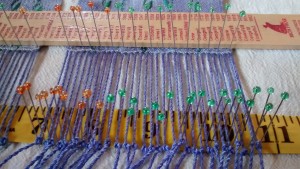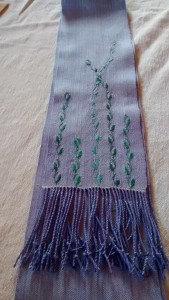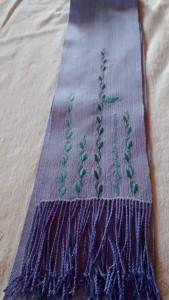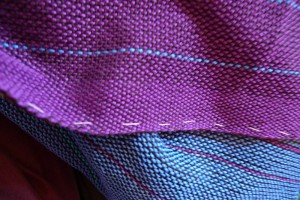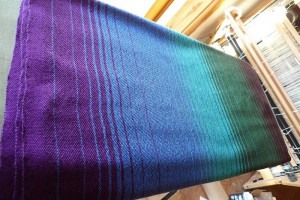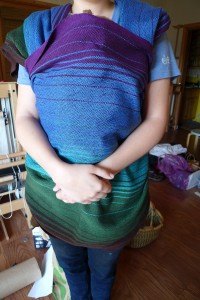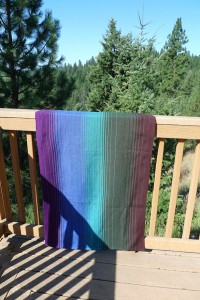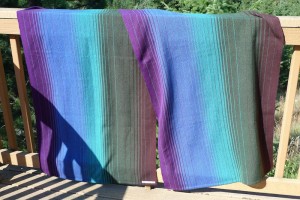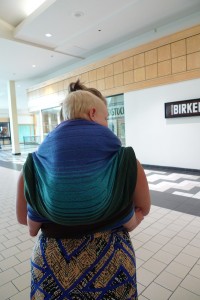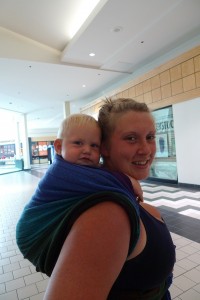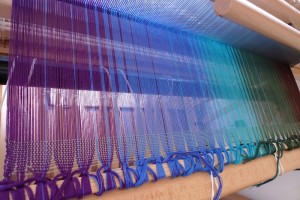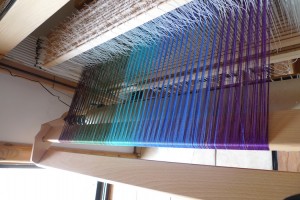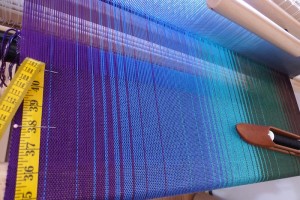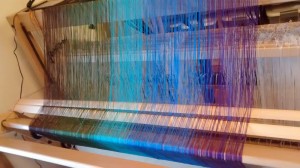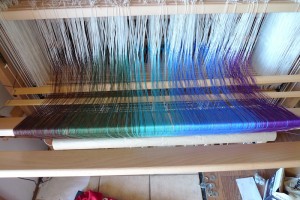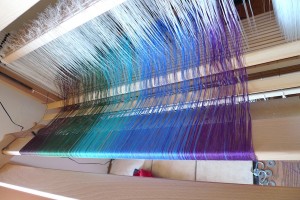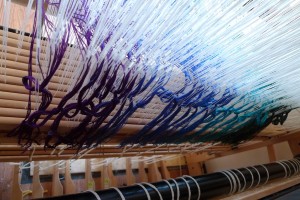Thanksgiving Directions
We’re at:
19911 E. Foothills Rd.
Newman Lake, WA 99025
Directions to our house from Trent:
Take Starr Rd North at the Exxon Station in Newman Lake.
Starr Ys.
Take the Y to the RIGHT (east), onto Hauser Lake Rd.
Take the first LEFT (north) onto Muzzy Road.
Muzzy will take you up into the woods, and then back down. If it’s clear, you’ll be able to see large red barns in the distance. Stay on Muzzy to those barns.
At the barns (Thompson Creek intersection), Muzzy becomes W. Newman Lake Rd.
Stay on W. Newman Lake.
In about a mile, you’ll pass Cougar Ridge and Snowy Lane.
The next road is Foothills Rd.
Make the RIGHT (west) on Foothills Rd.
Our gate is almost exactly a mile on the RIGHT (north) side of the road.
It’s a double gate, but because it’s open, you won’t be able to see the number markers.
If you make it to a set of trailer houses, you overshot my house by a mile. Come back.
Directions to our house from The Valley/North Spokane:
From parts north or from the Valley, but including almost 5 miles of gravel road:
Take Forker Rd. north (either from Evergreen at Trent, Progress at Trent, or Sullivan at Trent from the Valley or from Bigelow Gulch from the north). Right (east on Forker), follow the road for 4.5 miles, you’ll go down down down and the road signs will tell you the road is now curvy and you’ll wonder what they thought the first 3.5 miles were), past a collection of trailer houses, then down down down, and then up a large hill. Just as that hill crests, our gate is on the left (north) side of the road. If you get to a stop sign, you overshot by almost exactly a mile. Come back.
If you take directions from Google or any other GPS coming up out of the valley via Forker Road, do NOT — I repeat — DO NOT take Scribner Road. That way ends in tears and a locked gate. Turn onto Foothills directly from Forker; your GPS will adjust.
Call me if you get lost: 509.280.4785
